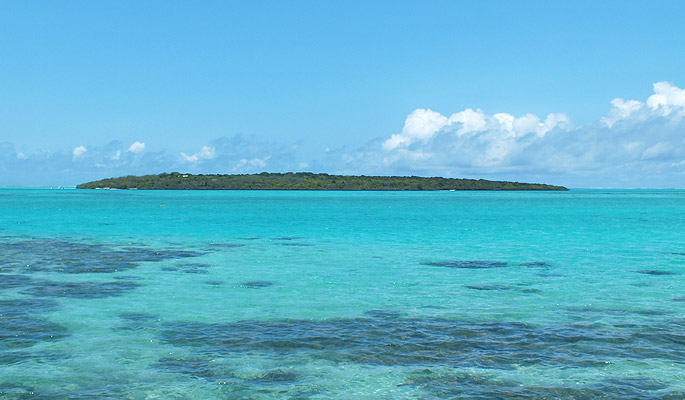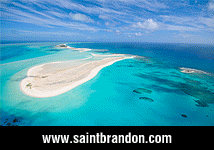About Mauritius
The Arabs were the first people to visit Mauritius during the 10th century, yet the island was officially «discovered» in 1505 by the Portuguese navigator Pedro Mascarenhas. The Portuguese never attempted to settle, they were more interested in protecting their trade routes with India. The Island was then discovered and occupied by the Dutch.
In 1598 they decided to name the island "Prins Maurits van Nassaueiland", after Prince Maurits (Latin version: Mauritius). The Dutch tried to settle, however due to the bad living conditions with cyclones destroying their shelters and rats eating their food, they left the island in 1710.
Abandoned by the Dutch, the island became a French colony when, in September 1715, Guillaume Dufresne D'Arsel landed. He named the island "Isle de France". It was only as from 1735, with the arrival of the most illustrious of French governor, Mahé de La Bourdonnais that the "Isle de France" started developing effectively.
In 1810, a strong British expedition captured the island. A preliminary attack was foil at Grand Port in August 1810, but the main attack was in December of the same year. The British landed in large numbers in the north of the island and rapidly overpowered the French. The "Isle de France" which was renamed 'Mauritius' was thus ceded to Great Britain.
The British administration, which began with Robert Farquhar as governor, was followed by rapid social and economic changes. One of the most important events was the abolition of slavery in 1835. Mauritian Creoles trace their origins to the plantation owners and slaves who were brought to work the sugar fields.
In 1968, Mauritius proclaimed independence.
Going to the discovery of the Mauritian culture can be a journey into some of the most fascinating. Here Europe meets India, China, Africa and so on. This rich diversity is found in every aspect of the Mauritian life.
Churches can be found next to a mosque, Indian temples next to Chinese pagodas. Mauritian folklore is another aspect that shows the depth of the Mauritian culture. If you see and hear the beautiful sophisticated Indian dances or the Chinese spectacular lion and dragon ones, or dance to the frantic rhythm of the Sega, the most typical folkloric dance of Mauritius you might be surprise.
Another proof of this rich diversity is in the variety of Mauritian dishes. In Mauritius one can find traditional western, exotic, oriental dishes.
Area: 2040 sq km (788 sq miles)
Population: 1,122,811(official estimate 2003)
Population Density: 589.0 per sq km.
Capital: Port Louis
Currency: The currency is the Mauritian rupee.
Climate:
- Maritime climate tropical summer (27°C - 33°C)
- Subtropical winter (17°C - 25°C)
- Central plateau rises 600 meters above sea level.
Geography: Mauritius, a volcanic and mountainous island in the Indian Ocean, lies 2000km (1240 miles) off the southeastern coast of Africa, due east of Madagascar. The island-state stands on what was once a land bridge between Asia and Africa called the Mascarene Archipelago. From the coast, the land rises to form a broad fertile plain on which sugar cane flourishes. Some 500km (310 miles) east is Rodrigues Island, while northeast are the Cargados Carajos Shoals and 900km (560 miles) to the north is Agalega.
Driving: People in Mauritius drive on the left-hand side of the road and give way to the right.
Government: Republic. Gained independence from the UK in 1968
Religion: 51 %Hindu, 31% Christian, 17 % Muslim.
Time: GMT + 4.
Bank: Mauritius has a wide selection of banks. These are open from 0930-1500 hours Mon-Thur and 0900-1700 hours on Fridays.
Language: Most people in Mauritius are bilingual and are equally fluent in English and French. Creole and French are the main languages in the everyday environment and several oriental languages are spoken.
AIR: The national airline of Mauritius is Air Mauritius. Air Austral, Air Europe, Air France, Air Madagascar, Air Seychelles, Air Tanzania, Air Zimbabwe, British Airways, Condor, Singapore Airlines, South African Airways and Swissair also fly to Mauritius.
INTERNATIONAL AIRPORT: Mauritius (MRU) (Sir Seewoosagur Ramgoolam) is 48km (30 miles) southeast of Port Louis. Airport facilities include duty-free shops, banks/bureaux de change, snack bar, post office, shops and car hire.


















